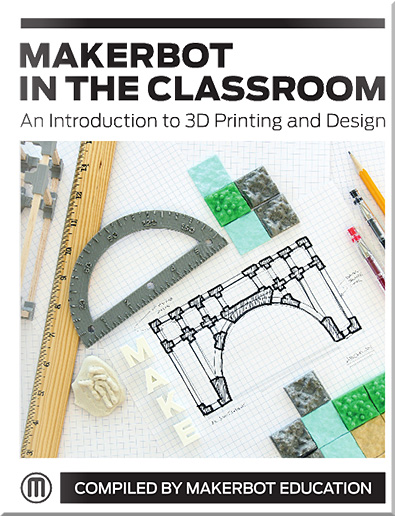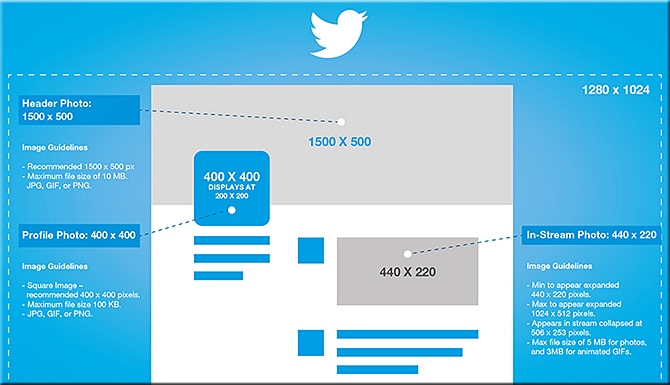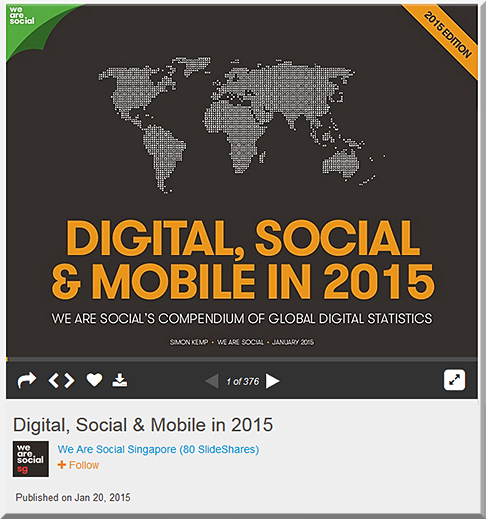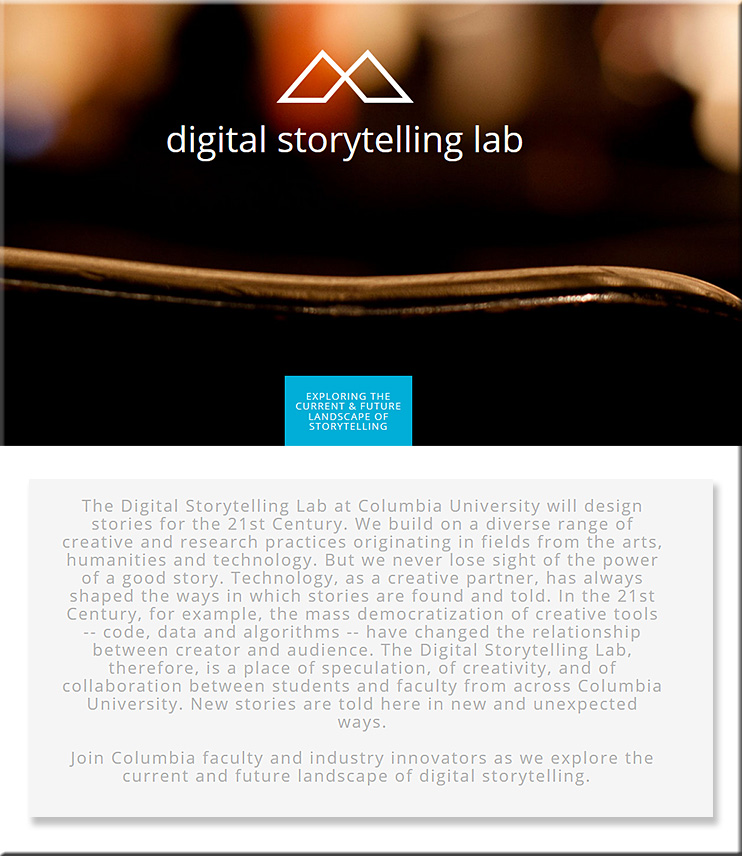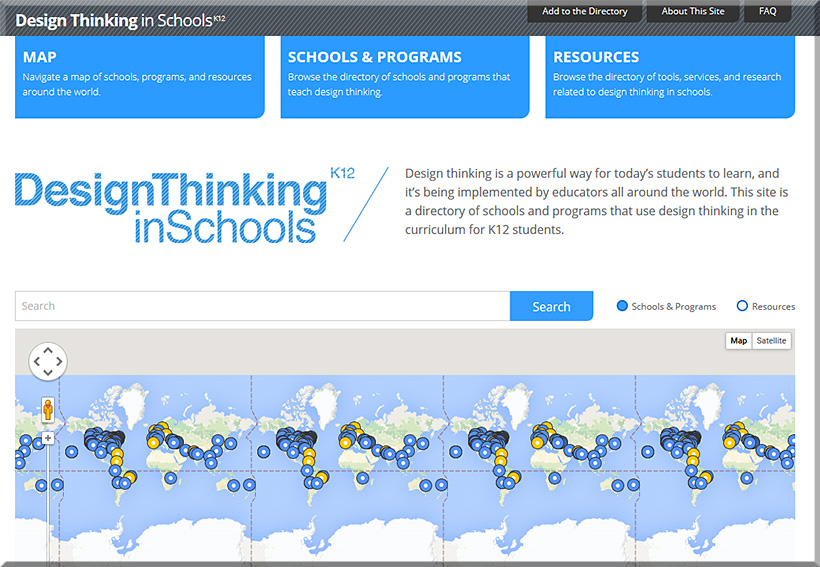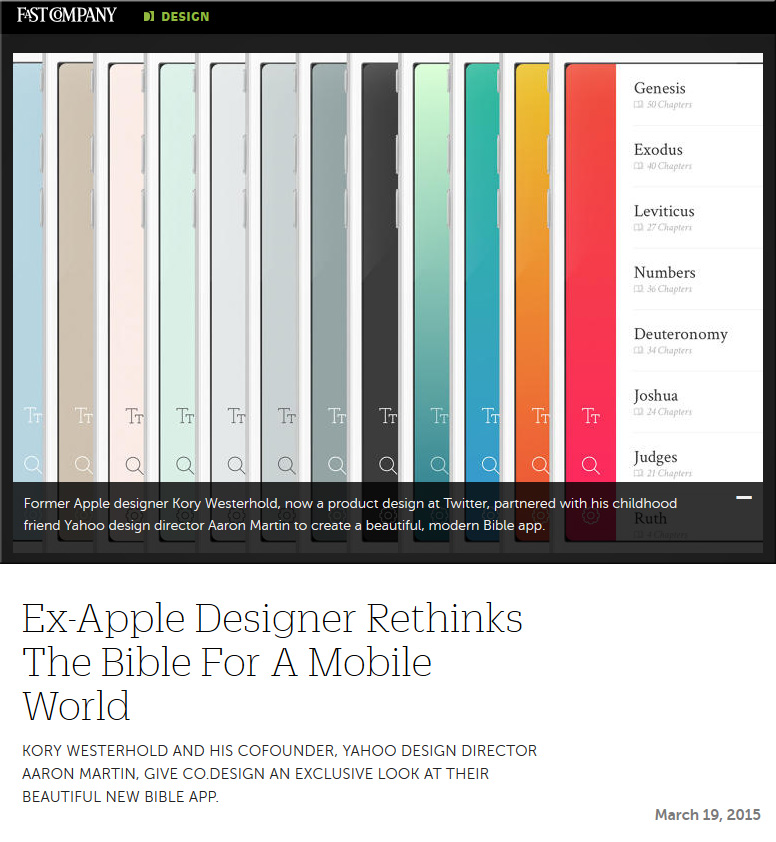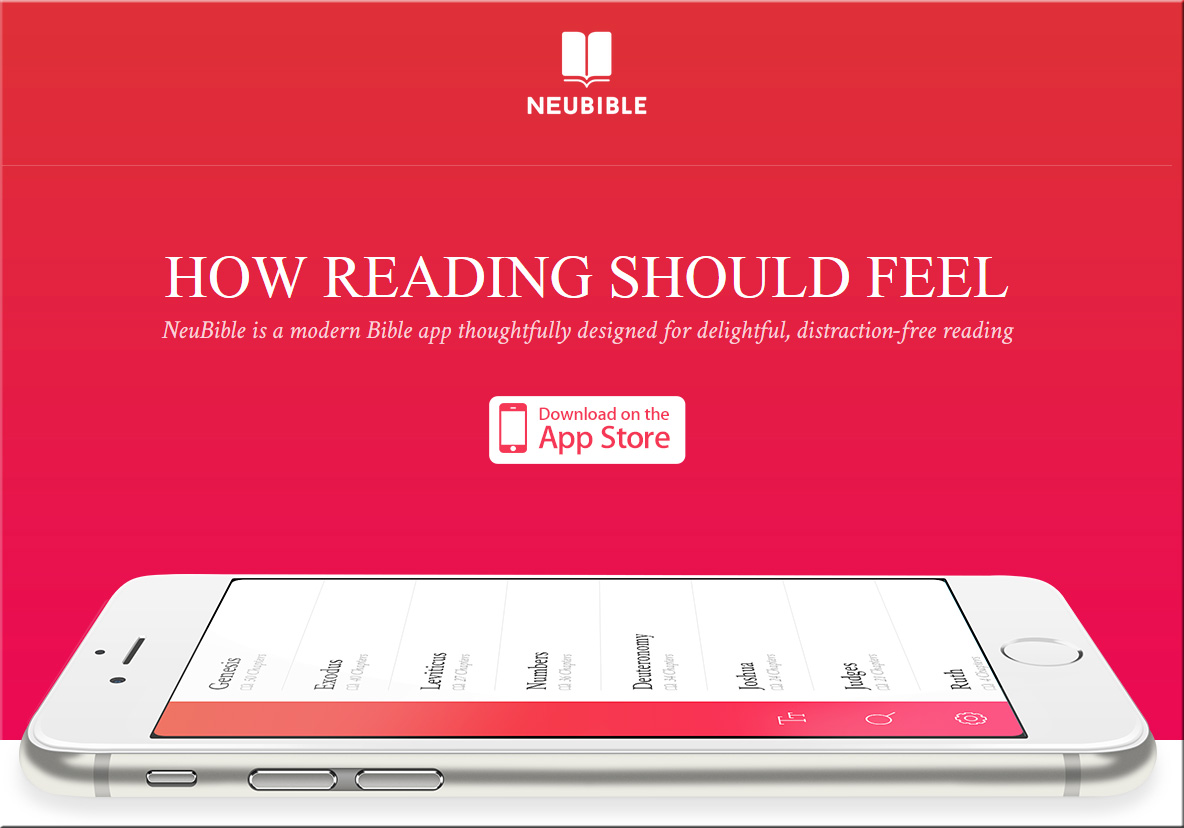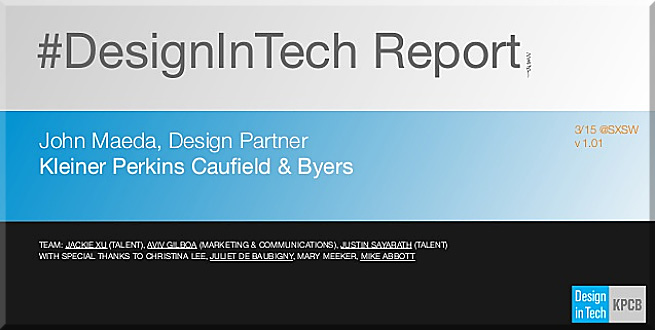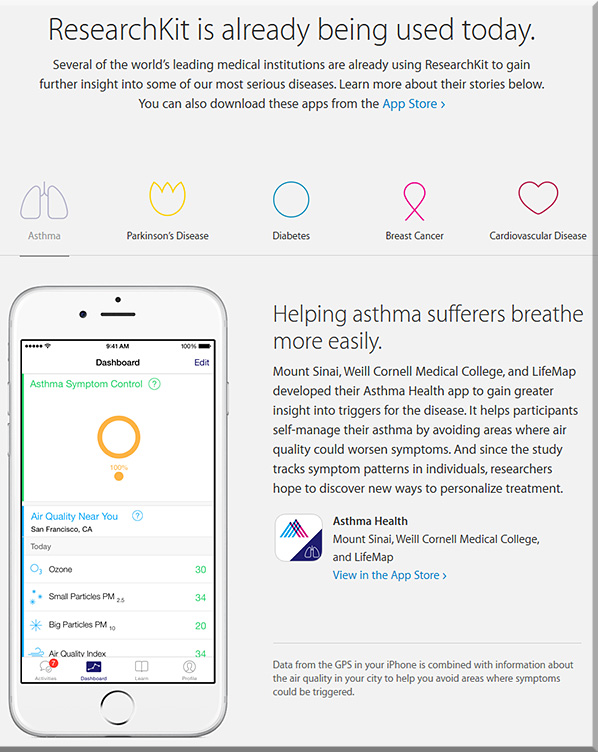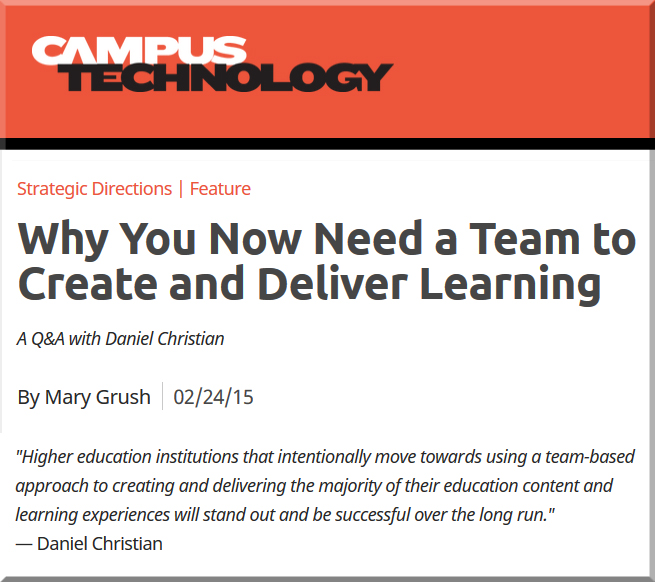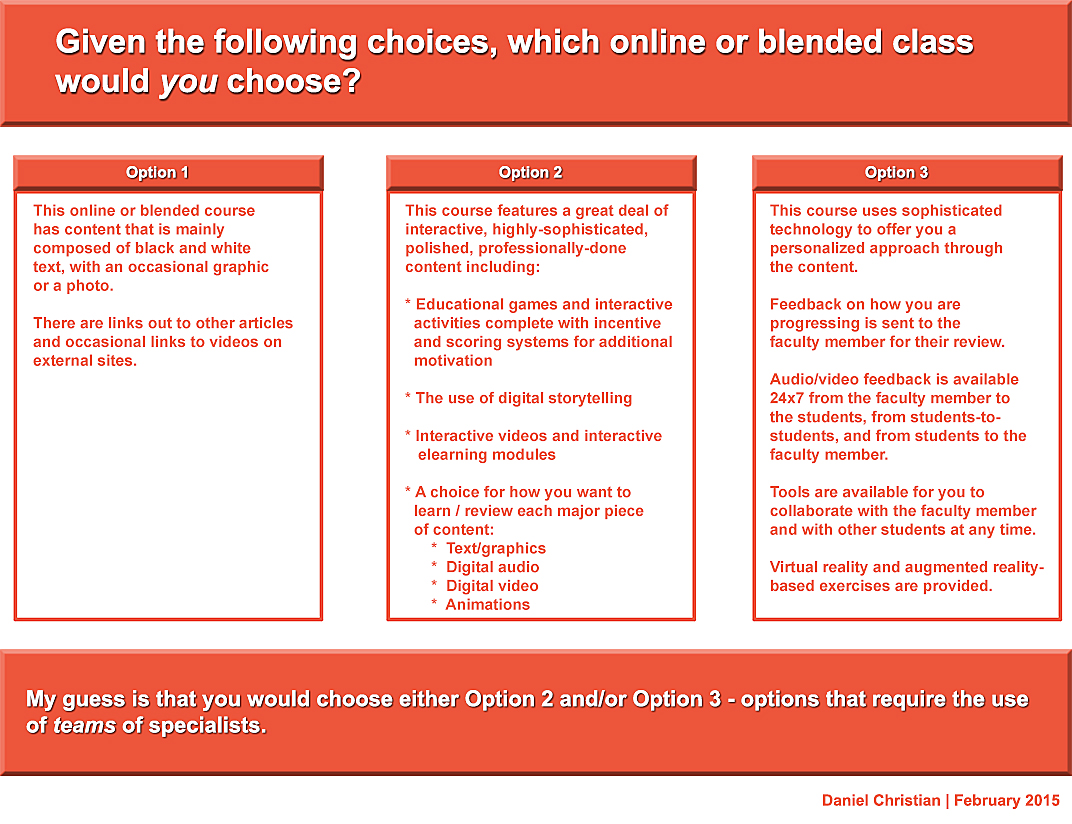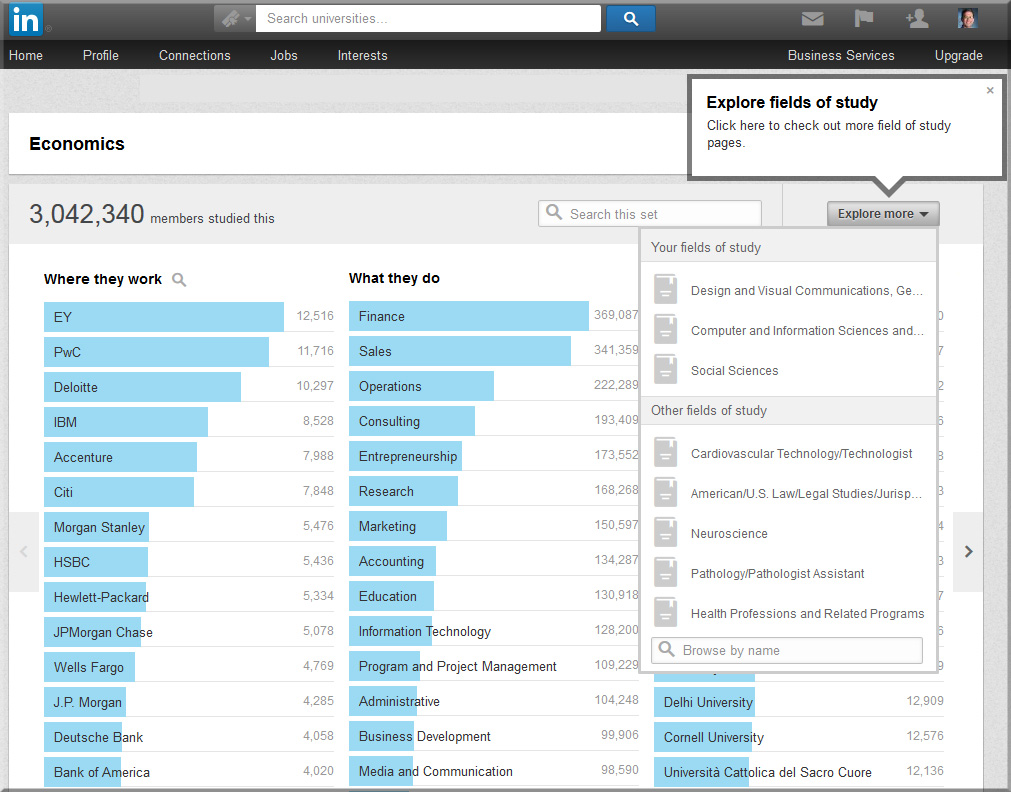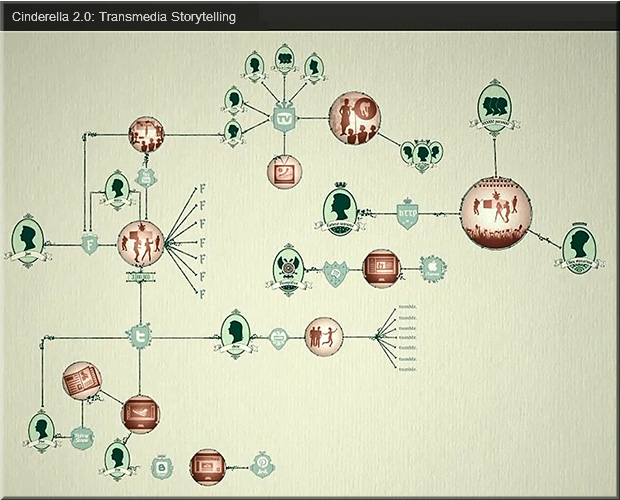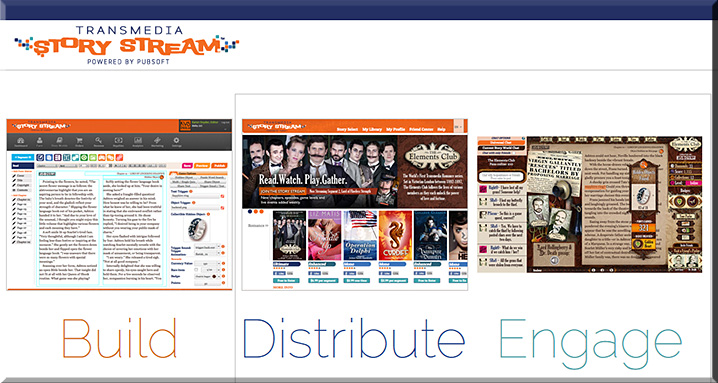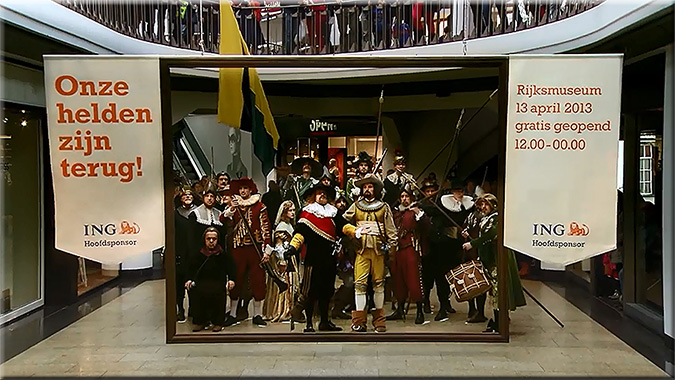MakerBot launches hands-on learning guide for 3D printing in the classroom — from teachthought.com
New MakerBot handbook helps educators and students get started with lesson plans and hands-on 3D design projects
Excerpt:
BROOKLYN, N.Y., –Thousands of educators throughout the U.S. are embracing 3D printing as a new way to teach 21st century skills and prepare students for the jobs of the future. Taking the first steps to introduce students to 3D printing, however, can be challenging. MakerBot, a global leader in the desktop 3D printing industry, conducted in-depth research this spring to better understand how to help educators incorporate 3D printing in classrooms. The research shows that acquiring 3D design skills is a major hurdle for educators and there is no single resource to address this need.
To fill that gap, MakerBot today published a handbook designed to provide educators with a wide variety of ideas, activities and projects to get started with 3D printing. Titled MakerBot in the Classroom: An Introduction to 3D Printing and Design, the handbook includes an introduction to 3D printing and a range of hands-on 3D design lesson plans. MakerBot in the Classroom is available as a free digital download for registered MakerBot customers and a sample project chapter is available free to anyone who registers on MakerBot.com. Additionally, MakerBot launched a new MakerBot Education Resource Center with further ideas and resources to support the integration of 3D printing in the classroom, such as real-world MakerBot stories, videos, challenges for teachers and students, and more.
These 3-D printers are going to autonomously build a bridge in Amsterdam — from forbes.com by Amit Chowdhry
Image Credit: MX3D
It’s not just hype – 3D printing is the bridge to the future — from theconversation.com

‘Here I am, the most intelligent robot in the galaxy, welding a bridge.’ Heijmans
Also see:
- New high quality portable Afinibot Creality 3D Printer launches for just $299 — from 3dprint.com by Whitney Hipolite
. - MakerBot and ThinkFun’s Maker Studio Construction Sets Sponsor “Kids Make It Challenge” — from 3dprint.com by Michelle Matisons
———–









